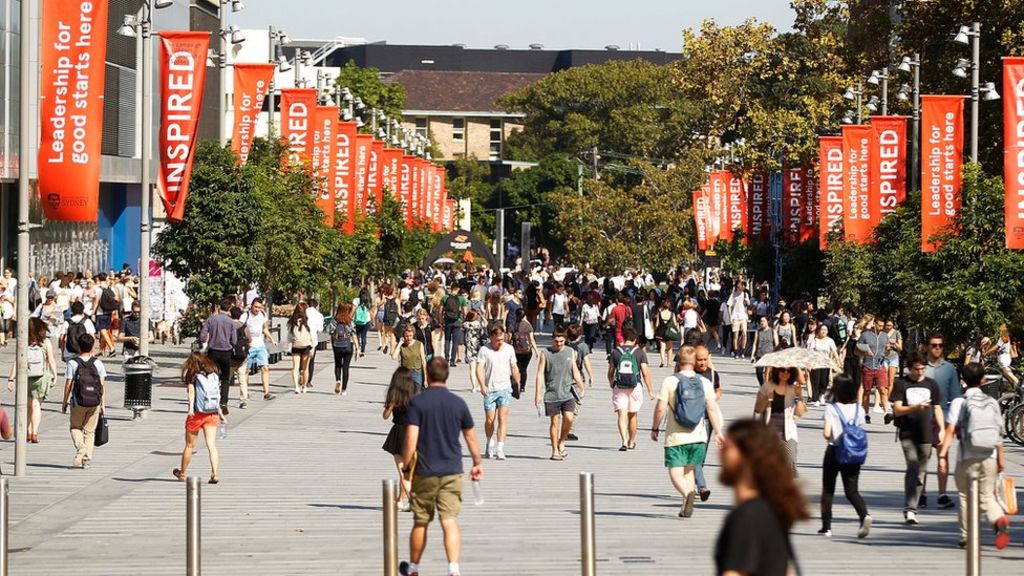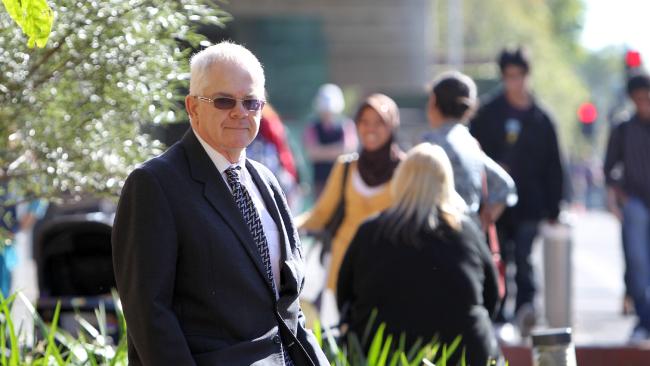Dr Simon Marginson has given this year’s R. Douglas Wright Lecture at Melbourne University. His insights proved to be very thought-provoking in his analysis of where Australian Universities are in the global pecking order.
“I’ve realised that academic cultures in Australia really are a bit patchy, with some major exceptions. There are areas in Australia which are super good — biomedical sciences, plant and animal science, clinical medicine and research.
“There’s not a general lack of ability, but too many areas don’t perform as well as the other English-speaking countries in research citations.”
The paper says Australia harbours “pockets of high excellence in certain sub-fields”, but citation quality is inconsistent at the field level, with universities boasting stronger management than academic cultures.
Dr Marginson said this reflected a broader anti-intellectual culture in the Australian populace. “It’s still making a transition from that starting point to a more balanced view of knowledge and the importance of it.
Putting his opinion into a global and economic perspective is the fact that international students are currently Australia’s 3rd largest export industry. The rise in popularity of Australia as a destination was driven by the often superior opportunities for education that students received when attending an Australian University.
As would be expected, China recognised the economic opportunity of developing this billion dollar industry within their country. As such, China is now home to 2 of the top 100, and 12 in the top 500 Universities from around the world. This compared to Australia having 6 in the top 100.
As Simon so aptly presented, the question must be posed of how China’s advancement into education will impact the future education market in Australia.

According to Simon, Australian universities have considerable strengths. They are “well to very well run”, use their physical assets competently and are “exceptionally good” at managing large student intakes from Asia.
Many also have been active and successful in Asia, Dr Marginson notes in a new paper. Australia’s share of 23 universities in the world top 500 is “exceptional given the size of the country”.
But the sector is characterised by large, look-alike universities where the policy settings — such as caps on domestic fees and the absence of dedicated funding streams for elite research — elevate the middle rank but flatten the top tier. The “distinctive Australian approach to inter-institutional equity” has spawned a “one-dimensional sector”, unlike other countries that “have more variety in mission”.
Instead of offering “de-bundled specialist products”, as in the retail industry, Australia’s multipurpose universities “jostle for broad market coverage at the centre of large demand pools in each state capital — in the manner of free-to-air commercial television”.
“University strategists know that if they innovate and the innovation fails they will lose ground.
“It is safer to follow a common and predictable path. If one fails all will fail, and the pecking order stays the same.”
Click here to read a full transcript of Dr Marginson’s speech.
About Simon Marginson
Professor Simon Marginson was Professor of Higher Education in the Centre for the Study of Higher Education (Melbourne CSHE) at the University of Melbourne until November 2013. He is currently Professor of International Higher Education at the Institute of Education, University of London, UK. He is also an Honorary Professorial Fellow of the University of Melbourne CSHE. Simon Marginson is Joint Editor-in-Chief of Higher Education, the principal world scholarly journal in higher education studies. He specializes in higher education, and comparative and international education, being one of the world’s most highly cited social science researchers in these fields.





